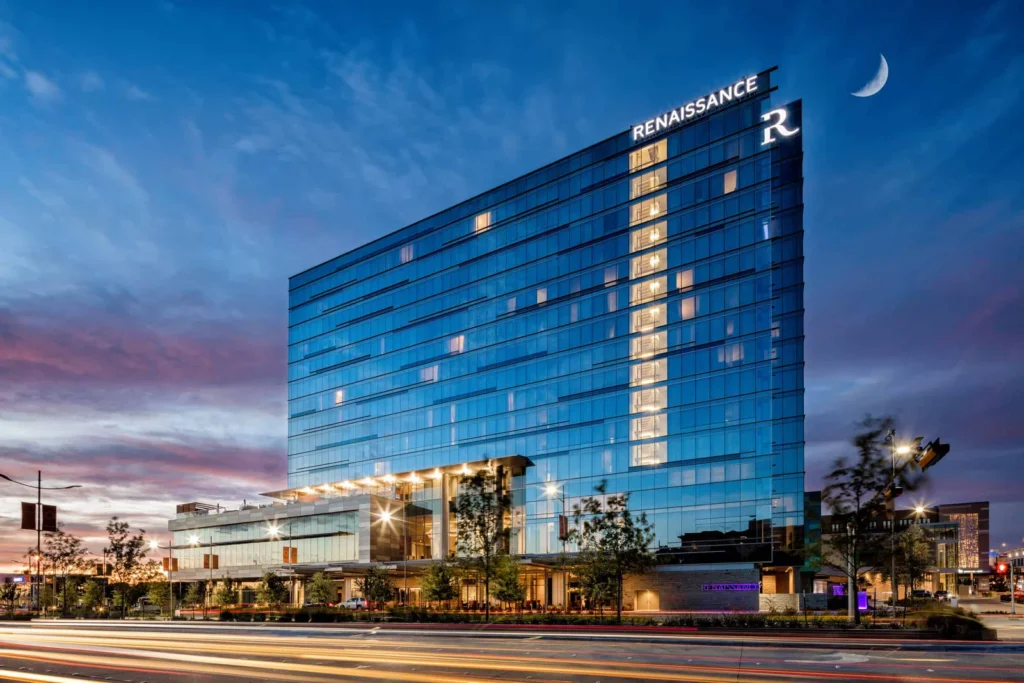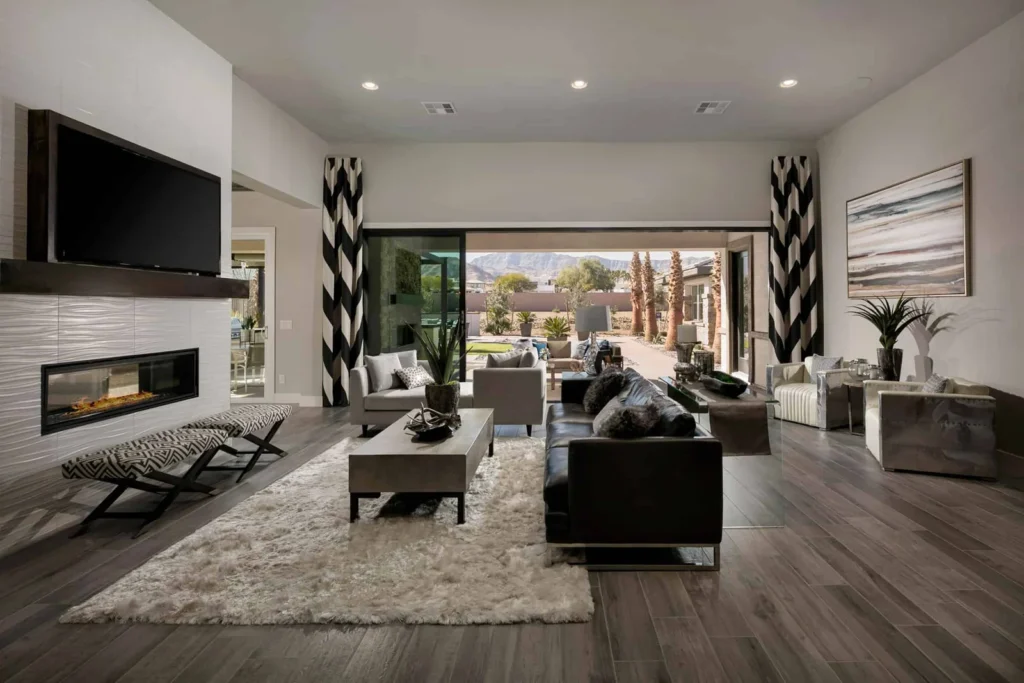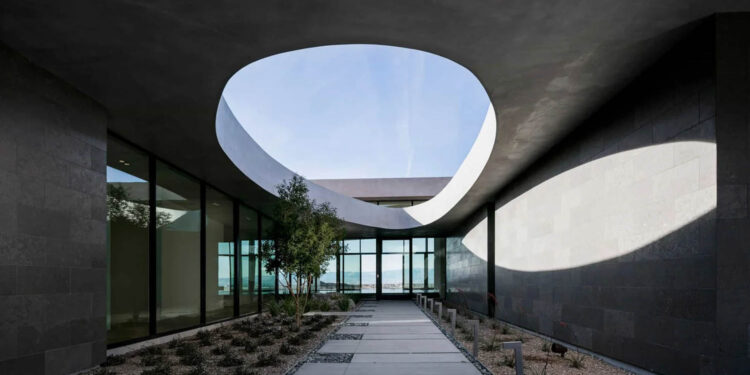Bottom Line: We rely on our TS lens not just for creative flair—it’s the go-to tool for delivering flawless architectural, real estate, and product images while cutting down on time spent in post-production.
What Is a Tilt-Shift Lens?
A tilt-shift lens (often abbreviated as TS) is a specialized piece of gear that lets us do more than just focus on the subject. It offers two distinct movements—tilt and shift—that allow us to alter the plane of focus and correct perspective issues on the fly. While many TS lenses are manual focus, this gives us the precise control needed for high-stakes commercial work. Whether we’re shooting tall buildings or a detailed product layout, a TS lens ensures that our images come out with the correct geometry, saving us hours of post-production work correcting distortion.
The Tilt Function: Depth and Focus on Your Terms
The tilt feature is our secret weapon when it comes to controlling depth of field. By tilting the lens away from the sensor plane, we adjust the area that appears sharply in focus. This is incredibly useful when we want to create a distinctive “miniature” effect in cityscapes or enhance creative blurring in a product shot. On the business side, harnessing the tilt function allows us to deliver images with a unique visual signature—one that not only stands out creatively but also reduces the need for digital enhancement later, ensuring our clients receive naturally refined photos.
For instance, a high-end restaurant looking to showcase a sophisticated ambiance could benefit from that shallow, selective focus that a well-tuned tilt function provides. In real estate, adjusting focus can help highlight key architectural features while softly fading out less critical details, maintaining visual hierarchy and clarity.
The Shift Function: Correcting Perspective and Expanding Your Frame
Where the tilt function controls focus, the shift function takes care of perspective. Shifting the lens moves its optical elements parallel to the sensor, which enables us to straighten out converging lines that are common in architectural photography. This functionality is critical when we shoot tall buildings or wide interiors, ensuring that vertical lines remain parallel and the composition looks true to life.
Consider photographing a modern office building: without the shift function, tilting your camera upward would cause the walls to converge—or worse, distort the building’s geometry. With a TS lens, we can capture the entire structure without any awkward stretching or distortion. This ability to correct perspective optically is a key selling point for clients in both real estate and architecture, where precision and clarity directly impact their marketability.
How Do You Use a Tilt-Shift Lens?
Using a TS lens involves a hands-on approach, but the results speak for themselves. First, stabilize your camera on a tripod to keep things level. Once set up, use the dedicated knobs on the lens to make adjustments:
- Tilt Adjustment: Rotate the tilt knob to modify the plane of focus. For product photography, this might mean ensuring that only the item is perfectly crisp while the background softly recedes, adding dimension and visual interest. For architectural shots, a slight tilt can allow more of the structure to remain in focus, creating a balanced image.
- Shift Adjustment: Engage the shift mechanism to move the lens elements left, right, up, or down. This is especially beneficial when shooting real estate—adjust the lens to capture a full facade without the distortion that comes from tilting the camera. This technique minimizes the time we’d otherwise spend fixing vertical lines in post.
- Combined Movements: Advanced users often experiment with both functions simultaneously. For example, while you’re correcting perspective in an office building, you might tilt slightly to enhance the depth of field in certain areas, generating images that are as technically impeccable as they are visually striking.
Using these adjustments effectively means less reliance on digital corrections. Not only does this preserve the natural quality of our images, but it also speeds up our post-production workflow—a crucial advantage in fast-paced commercial projects.
Applications in Business: Real Estate, Architecture, and Product Photography
Each segment of our photography business can benefit differently from a tilt-shift lens. In architecture, the shift function ensures that every line of a building is captured with precision, reinforcing our reputation as professionals who understand the importance of geometry in design. In real estate, presenting a property with corrected perspectives can significantly boost its appeal—buyers get a true sense of space without the distractions of distorted angles.


In simple words, you can shift (move the lens without moving the camera) instead of turning the camera up, down, left or right. you mainly use it to photograph composition without “looking up” and having a distortion or avoiding mirror reflection (example) by standing outside of the reflection and shifting the lens to the right, left, up and down.
For product photography, the TS lens brings efficiency by keeping images sharp and straight, thereby reducing the need for time-consuming edits. Clients appreciate this level of accuracy, especially when their marketing materials depend on clean, precise visuals.
By leveraging the unique capabilities of a tilt-shift lens, we can offer our clients a consistent, high-quality product that speaks volumes about our commitment to professionalism. It’s not just about creating eye-catching images; it’s about ensuring that every shot aligns perfectly with our client’s vision and business goals.



